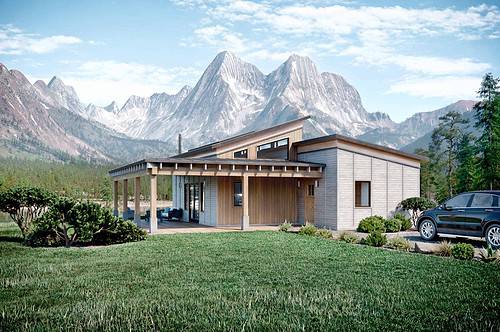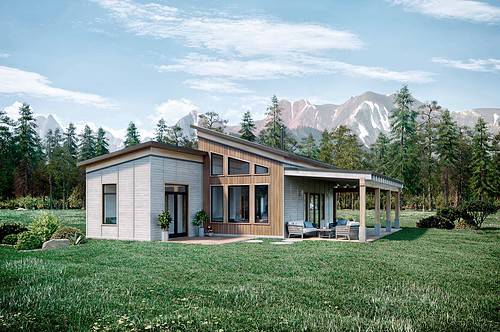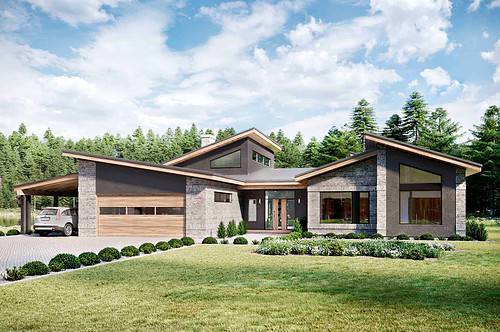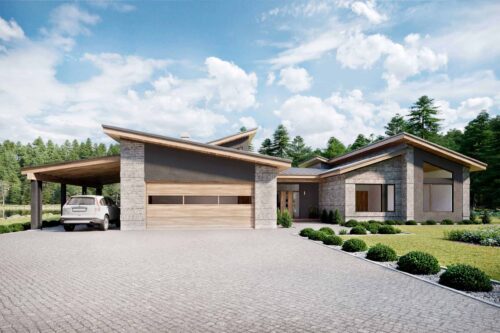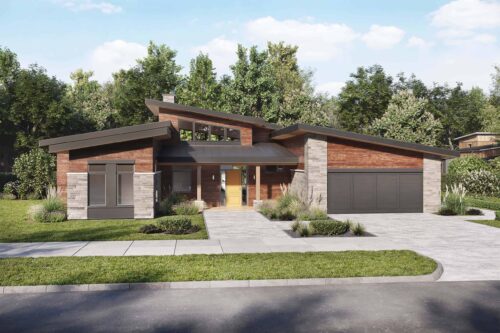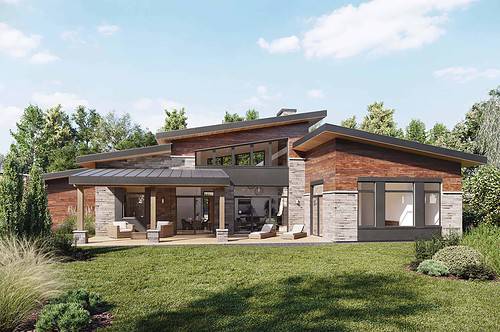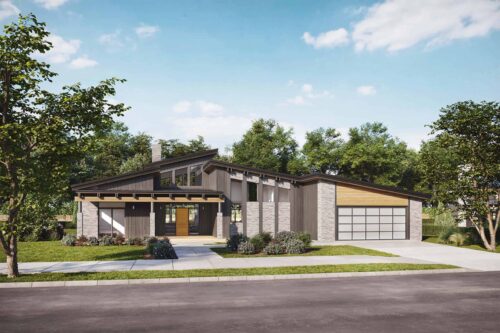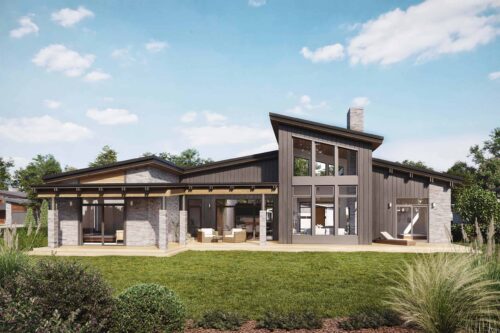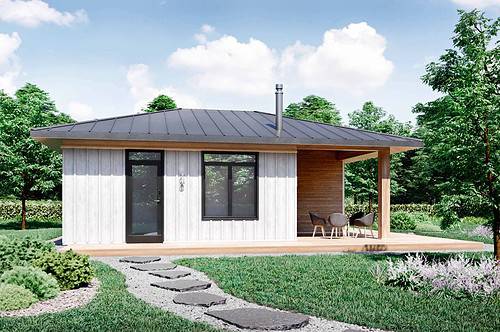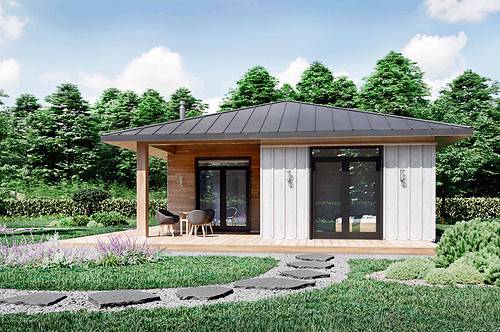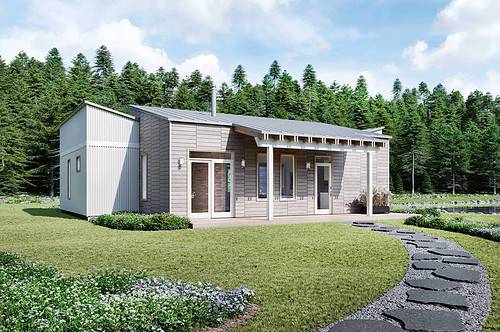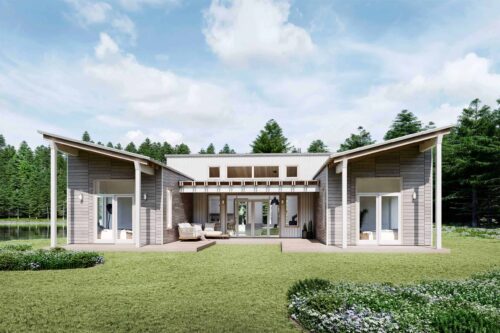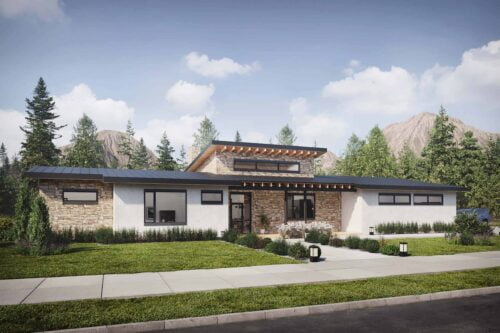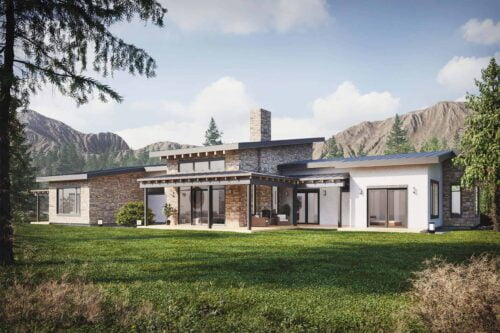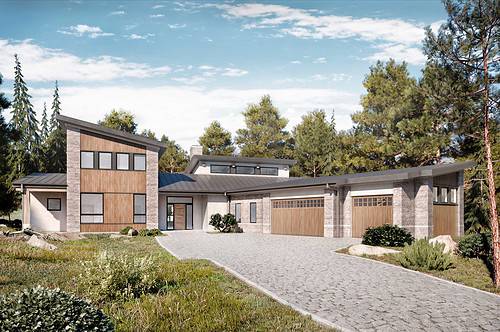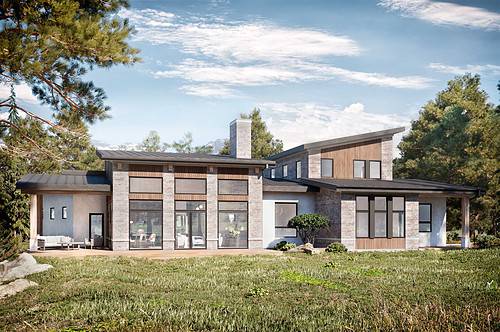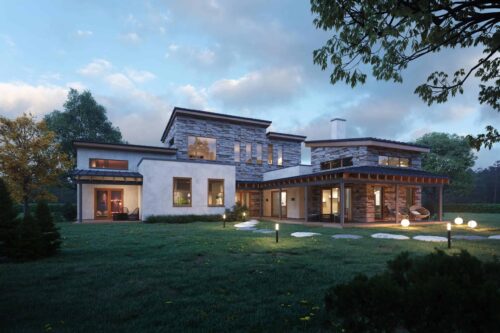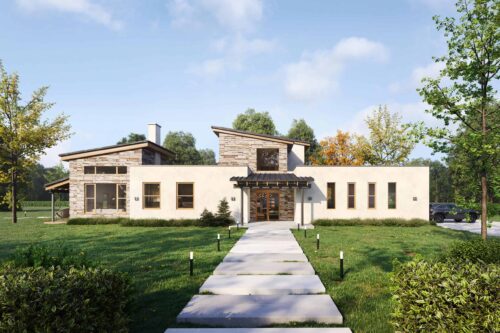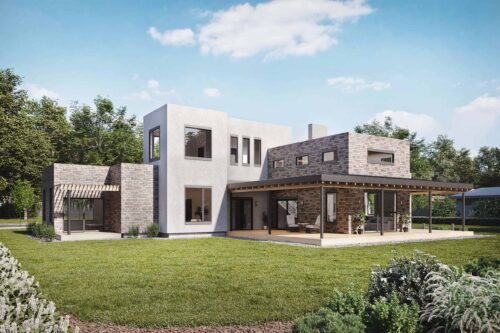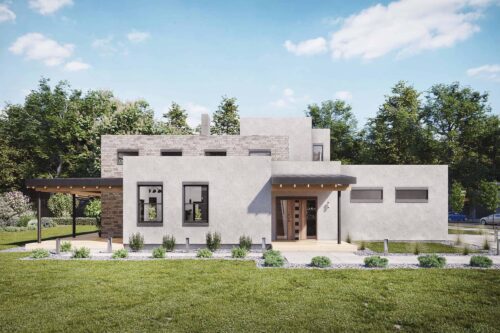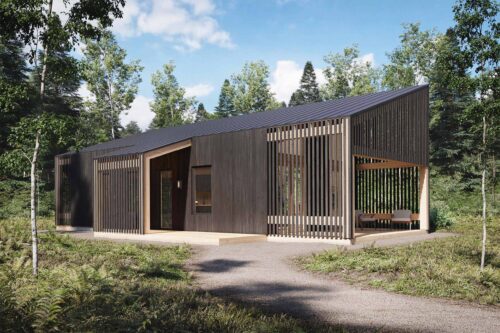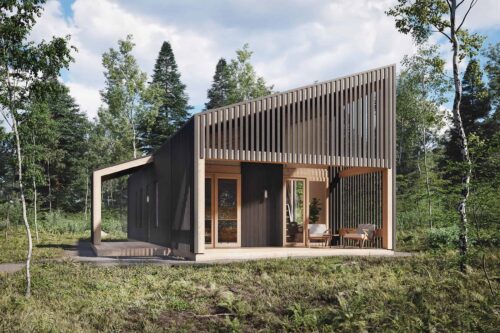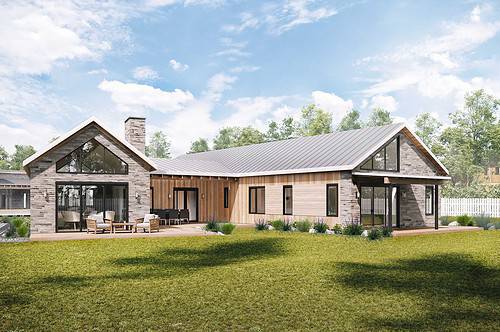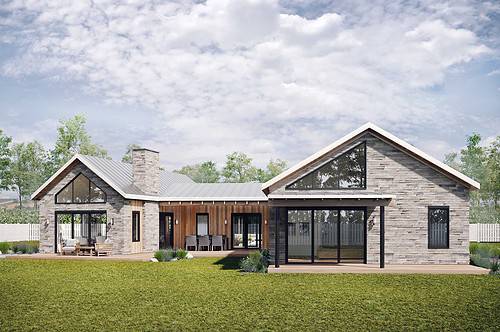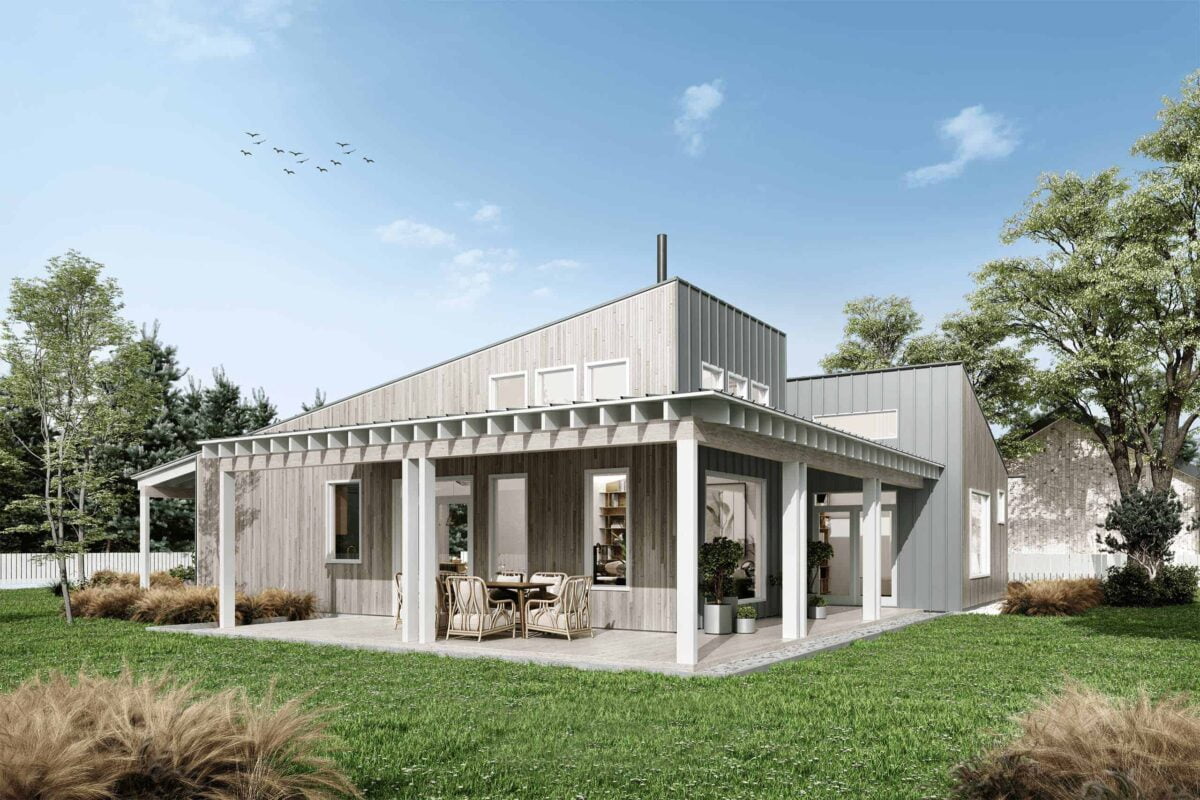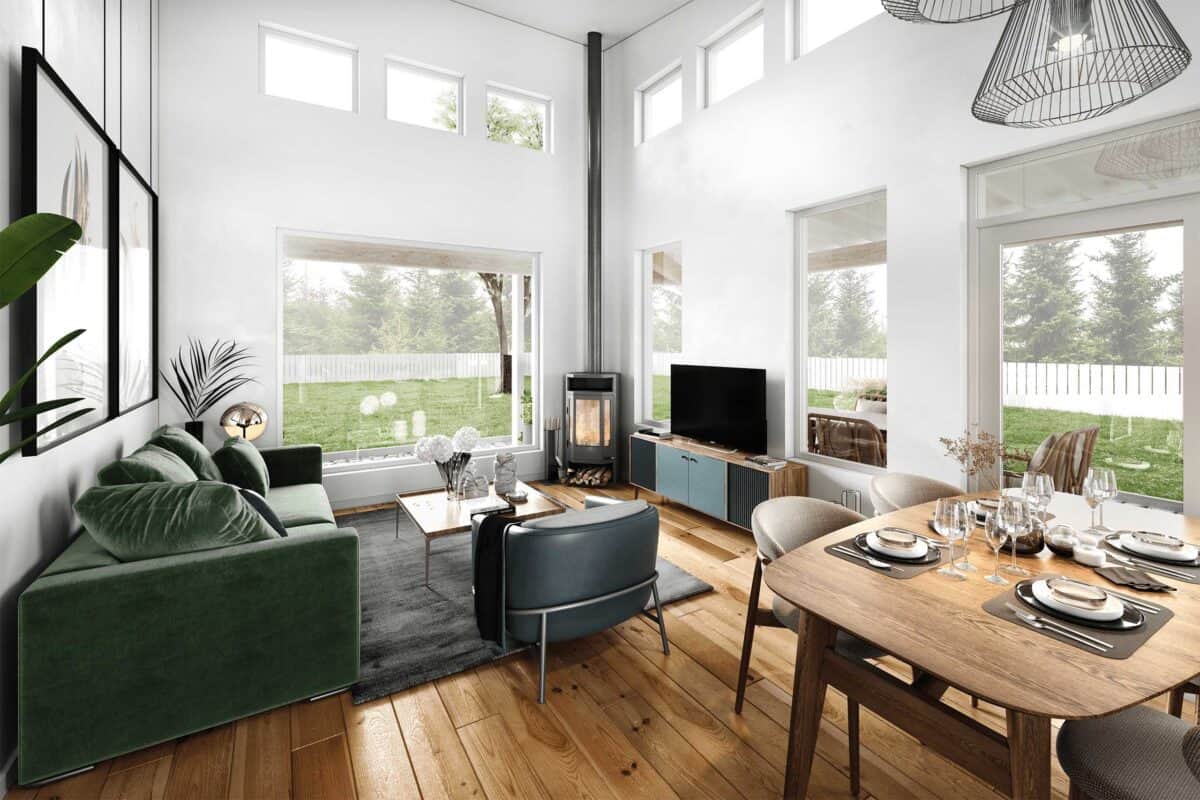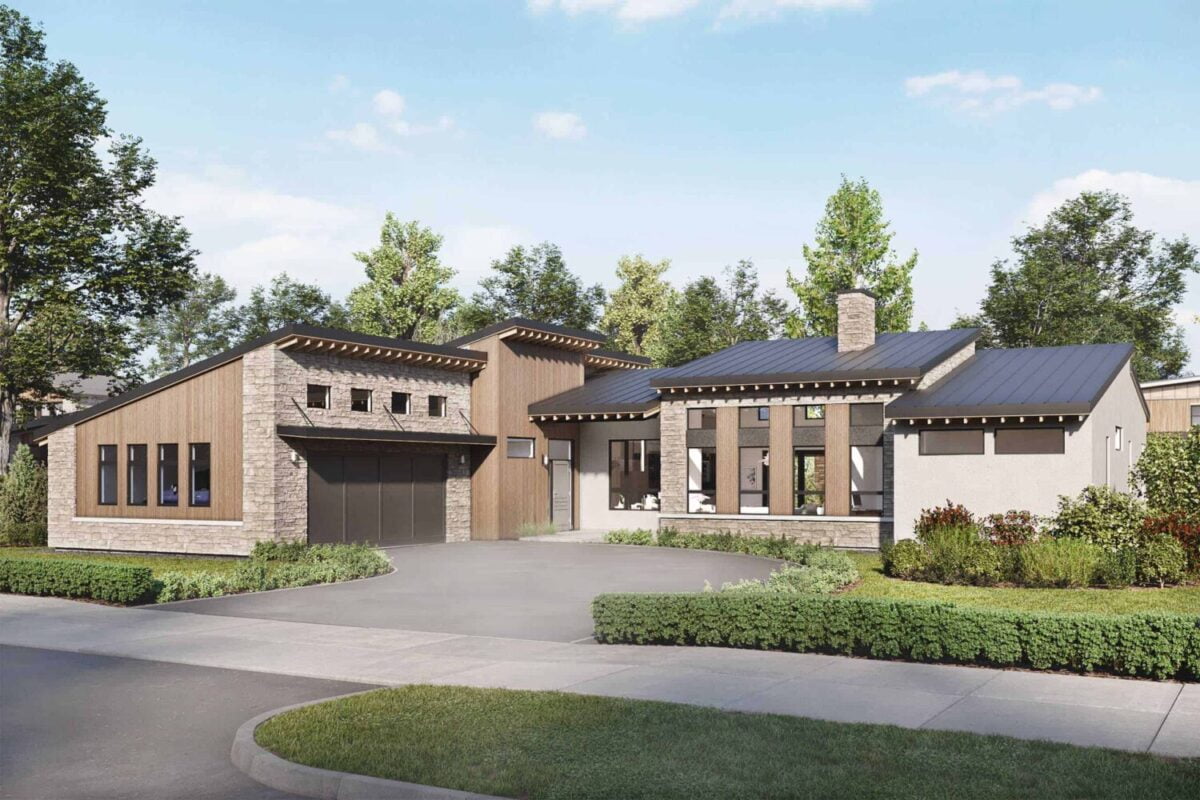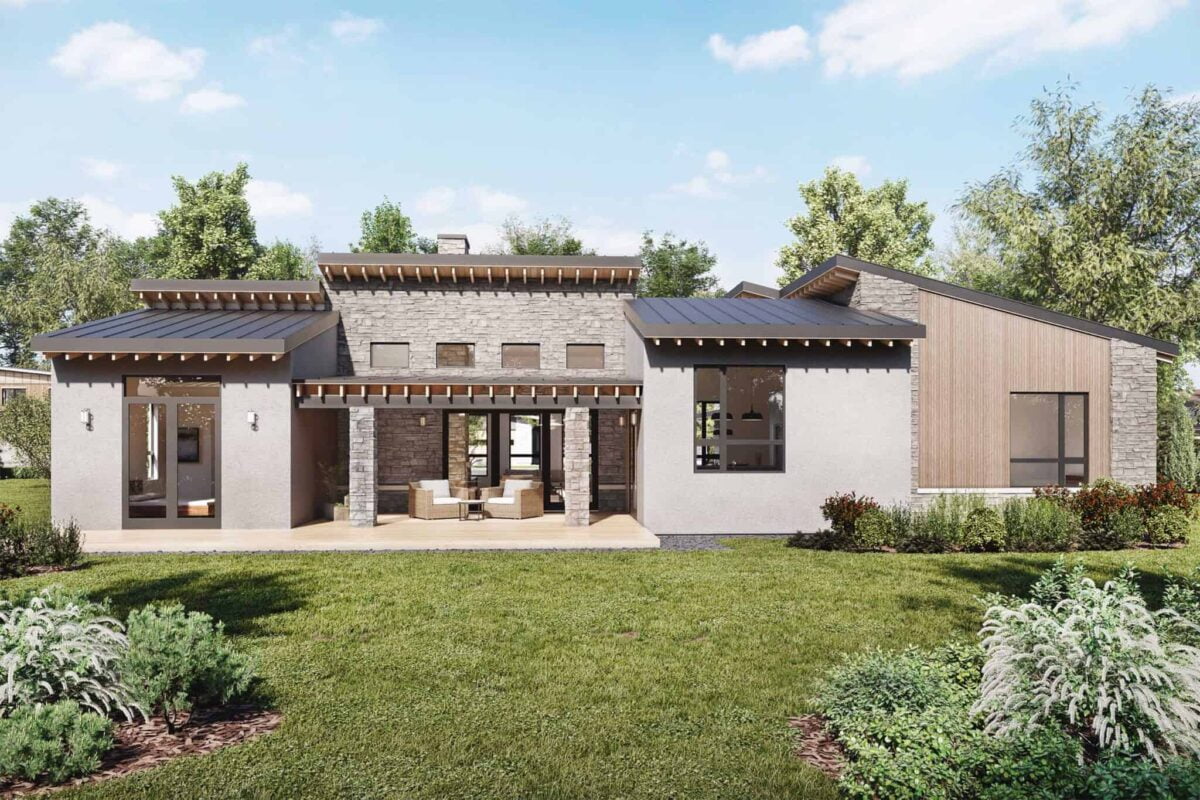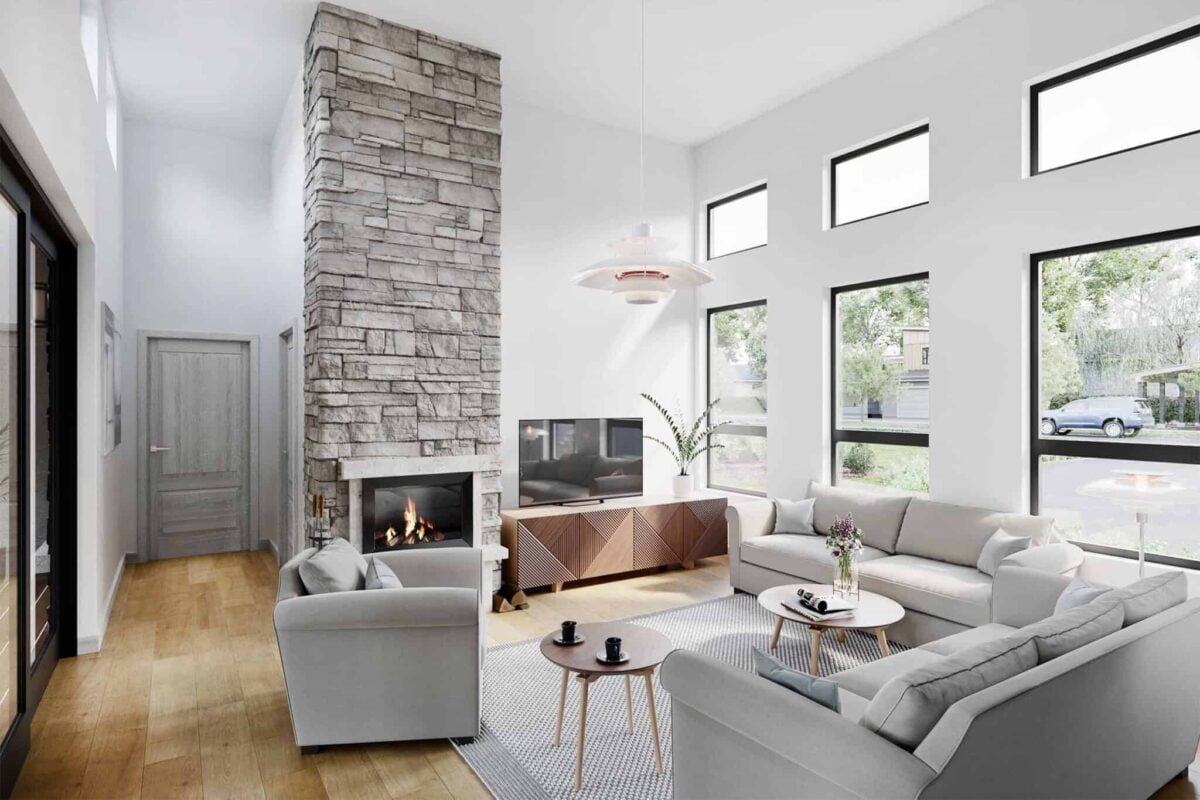No products in the cart.
Characteristics of California Modern Home Design
There are some basic characteristics that you will expect from a modern California home. As a way of helping you get a better understanding of these plans, we shall quickly we shall be looking at a few of the major characteristics.
- Emphasis on Simplicity and Minimalism – California modern home design is known for its simplicity and minimalism. This is reflected in the use of clean lines, geometric shapes, and minimal ornamentation. The homes are designed to be functional, efficient, and uncluttered, with an emphasis on the essentials. This allows for a sense of calm and serenity within the home, and a focus on the natural beauty of the surrounding landscape.
- Use of Natural Materials – California modern homes are often constructed with natural materials such as wood, stone, and glass. These materials are chosen for their durability, beauty, and their ability to blend seamlessly with the surrounding landscape. Wood is commonly used for flooring, walls, and ceilings, while stone and concrete are used for exterior finishes and fireplaces. Glass is also a popular material in California modern design, as it allows for an abundance of natural light and a connection to the outdoors.
- Open Floor Plans and Indoor-outdoor Living Spaces – California modern homes are characterized by open floor plans that blur the boundaries between indoor and outdoor living spaces. Large windows, sliding glass doors, and patios or decks are often used to create a seamless transition between the home and the outdoors. This allows for an abundance of natural light and fresh air, and a sense of connection with the surrounding landscape.
- Integration of Natural Light and Greenery – Modern California house plans are designed to take full advantage of the state’s abundant natural light. Large windows and skylights are commonly used to bring natural light into the home, and to create a sense of spaciousness. The incorporation of greenery, such as potted plants, gardens, and green roofs, also helps to bring a sense of nature into the home, and to improve the indoor air quality.
- Incorporation of Technology and Sustainability Features – California modern homes often incorporate technology and sustainability features to improve energy efficiency, comfort, and convenience. These may include solar panels, energy-efficient appliances, smart home technology, and water-saving fixtures. The use of sustainable materials and construction techniques is also becoming more common in California modern home design.
Designing for a Modern Lifestyle
In designing for a modern lifestyle, certain considerations have to be made. These include the following:
- Accommodating Modern Family Dynamics and Lifestyles – California modern home design can be adapted to accommodate the changing needs of modern families. This can include creating multi-functional spaces that can be used for work, leisure, and entertainment. For example, a home office can be designed to easily convert into a guest room or a playroom. Additionally, open floor plans and indoor-outdoor living spaces can provide a sense of connectedness and flexibility, allowing family members to come together or have their own space as needed.
- Flexible and Multi-functional Spaces – California modern home design often includes flexible and multi-functional spaces that can be used for a variety of purposes. For example, a home office can be designed to easily convert into a guest room or a playroom. A dining room can be designed to double as a home theater or a workout room. These flexible spaces can accommodate a wide range of activities and can be adapted as the needs of the family change over time.
- Integration of Smart Home Technology – California modern home design can also include the integration of smart home technology to improve convenience and energy efficiency. This can include features such as remote control of lighting, temperature, and security systems, as well as the integration of home automation systems for tasks such as scheduling and monitoring.
- Consideration of Accessibility and Universal Design – California modern home design can also include elements of accessibility and universal design to accommodate people of all ages and abilities. This can include features such as wide doorways, single-story living, and accessible bathrooms, as well as the use of non-toxic, durable, and easy-to-maintain materials.



